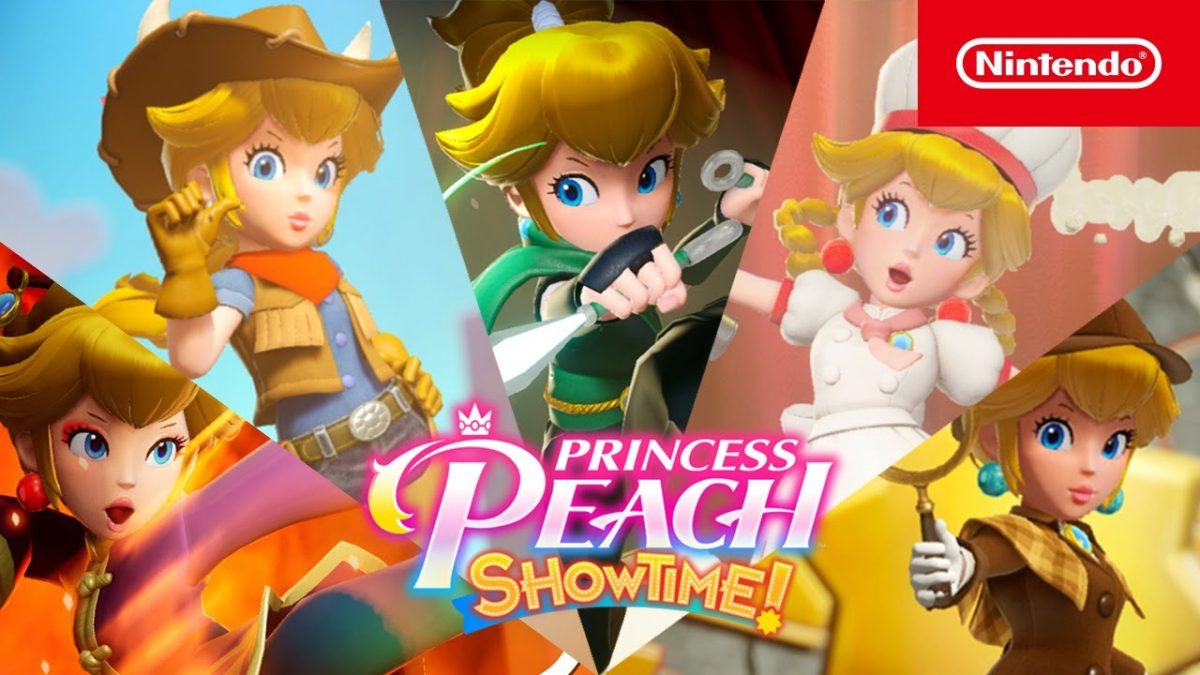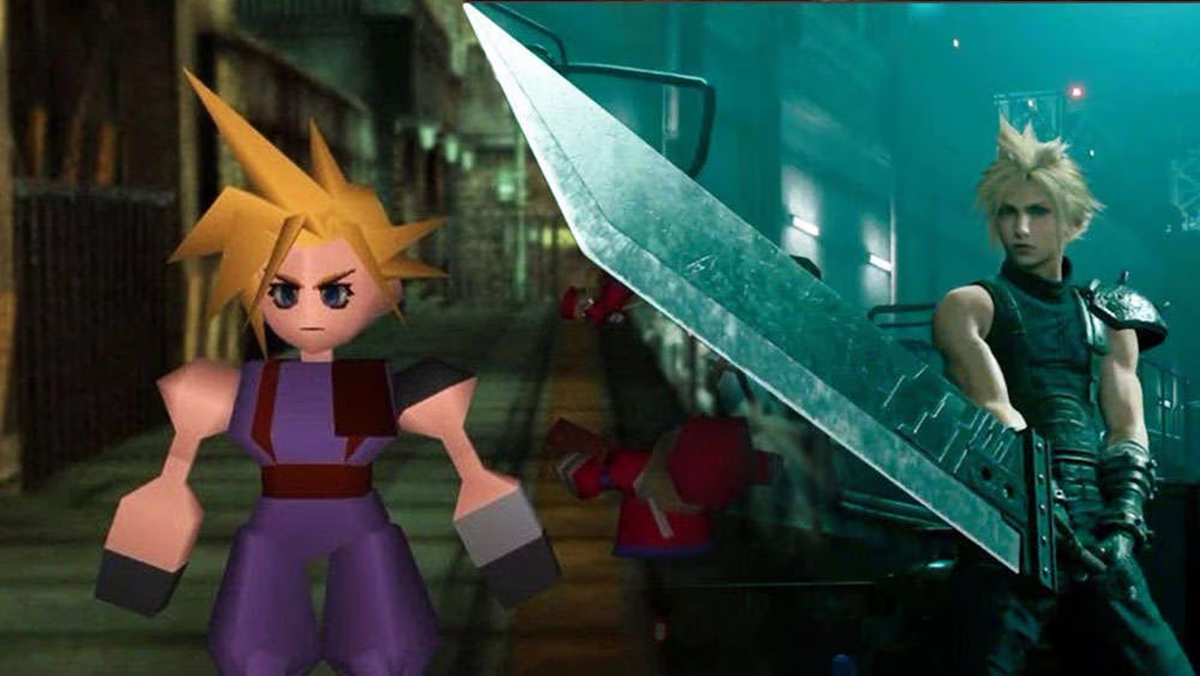The other day, while waiting in line to purchase toothpaste and Twizzlers from Walgreens, I couldn’t help but notice the amount of products endorsing breast cancer awareness. Pens, lighters, gum, teddy bears and pill dispensers lined the isle, drenched in Pepto-Bismol pink and adorned with pink ribbons. It was almost as if I had walked into my 5-year-old niece’s bedroom.
When it came time to pay, the clerk asked me if I would be interested in donating a dollar to the Susan G. Komen breast cancer fund. Pausing, I replied, “No thanks,” not because I lack the dollar but rather the alacrity.
Although I find no obligation to justify which charities I support, this should be made clear first and foremost: I am an ally to the breast cancer fight. I have relatives and friends who have bravely battled (and overcome!) the adversities of being diagnosed and undergoing tests, surgeries, chemotherapy and reconstruction. It affects almost one in every eight American women. It’s an ugly disease; and like everyone else, I wish to find a cure.
However, not all awareness efforts are created equal.
First, I have gripes regarding the campaign and its heavy emphasis — and reliance — on the ubiquitous pink ribbon. In the early ’90s, pink was carefully selected as the color of the breast cancer movement; it’s playful, cheerful and quintessentially girlie.
But as Queens University professor and author Samantha King argues, “Not all women experience breast cancer positively. They might feel anger, hopelessness, fear. And profoundly alienated by pink ribbon culture.”
In King’s controversial book “Pink Ribbons, Inc.: Breast Cancer and the Politics of Philanthropy,” she describes how the prototypical breast cancer “woman” is often depicted as straight, white, thin, middle to upper class, and ultra feminine; leaving men (who also get breast cancer), the lower class and colored, butch, trans and queer women out of the equation.
Ironically, while many survivors feel alienated from the campaign efforts, the rest of the country is tickled pink. In 2009 The Boston Globe reported research that found that “79 percent of consumers would likely switch to a brand that supports a cause.”
This is simply feel-good consumerism and should come as no surprise. But what happens when companies are profiting from a disease where the diagnosed feel exploited and commodified? What happens when breast cancer “awareness” is suddenly a marketing ploy?
The organization Think Before You Pink — existing under the motto “Cause a Stink!” — was launched to encourage companies to be honest and accountable in their breast cancer fundraising. The group also urges consumers to ask critical questions before buying merchandise slapped with the pink ribbon because clearly, the pink generates a whole lot of green.
Money matters aside, there are other questionable and upsetting issues with the breast cancer awareness movement.
Have you ever wondered why breast cancer garners much more attention compared to other cancer efforts? The answer to that is prevalence — it’s the leading cancer among women and lacks a cure, therefore demanding significant amounts of funding. But it’s also highly acknowledged because breast cancer deals with boobs.
And sex sells.
In 2009 the “Save the Boobs” campaign was launched, airing a commercial of a young, white woman strutting poolside in a white bikini. The camera zoomed in on her jiggling boobs while both men and women admired from afar. The tagline? “You know you like them, now it’s time to save the boobs.”
Save the boobs? How about save the patient?
Recently, sassy retail campaigns have emerged, veiled under the benevolent goal of “raising awareness” with screen-printed T-shirts stating, “Save the Ta-Tas” and “Save Second Base.” Thousands of people (especially hormonal middle school boys) blindly wear rubber “I (heart) Boobies” bracelets that imply more than just a silly innuendo. And don’t forget the extremely successful Facebook status craze where women all over the country posted cryptic, kinky updates of their bra colors and “where they liked it” (their purses, not sex, he he!) in efforts to leave men wondering.
Call me a cynic or a buzz-kill, but in this futile attempt to “raise awareness,” I doubt that men were conjuring images of finding a cure. I doubt that men and women are imagining the scarred, lopsided, or perhaps single breast of a 60-year-old woman, who after all, is breast cancer’s number one victim.
Peel away the cutesy campaign tactics and catchy slogans, and you’re left with nothing but a highly trivialized disease and objectified women. All sex, no substance.
Instead of sexy cancer, hot cancer, profitable cancer or girlie cancer, we need to inform people of statistics, discuss preventative measures, encourage the search for better detection and adopt effective, positive and respectful ways to promote breast cancer awareness.
If we can do that, then you’ll have my dollar.
Anna Soldner is a sophomore print journalism major and Staff Writer at The Spectator.






